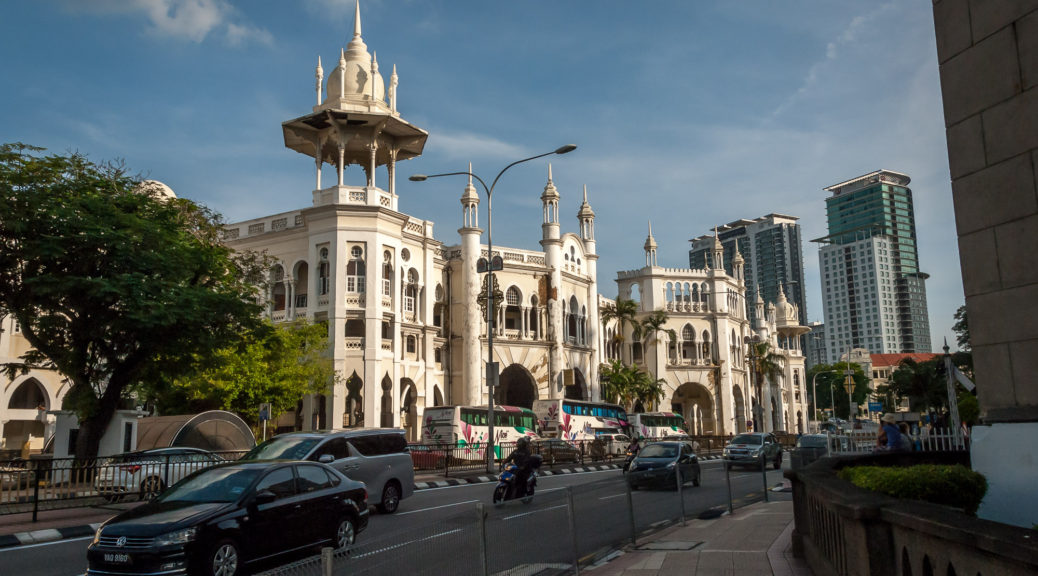
Kuala Lumpur
From Penang our plan was to continue moving south, stopping in Kuala Lumpur, Singapore and Jakarta. That seemed like a lot of big cities in a row so before we embarked on that urban adventure we hopped over to the peaceful island of Langkawi for a few days of beach time.
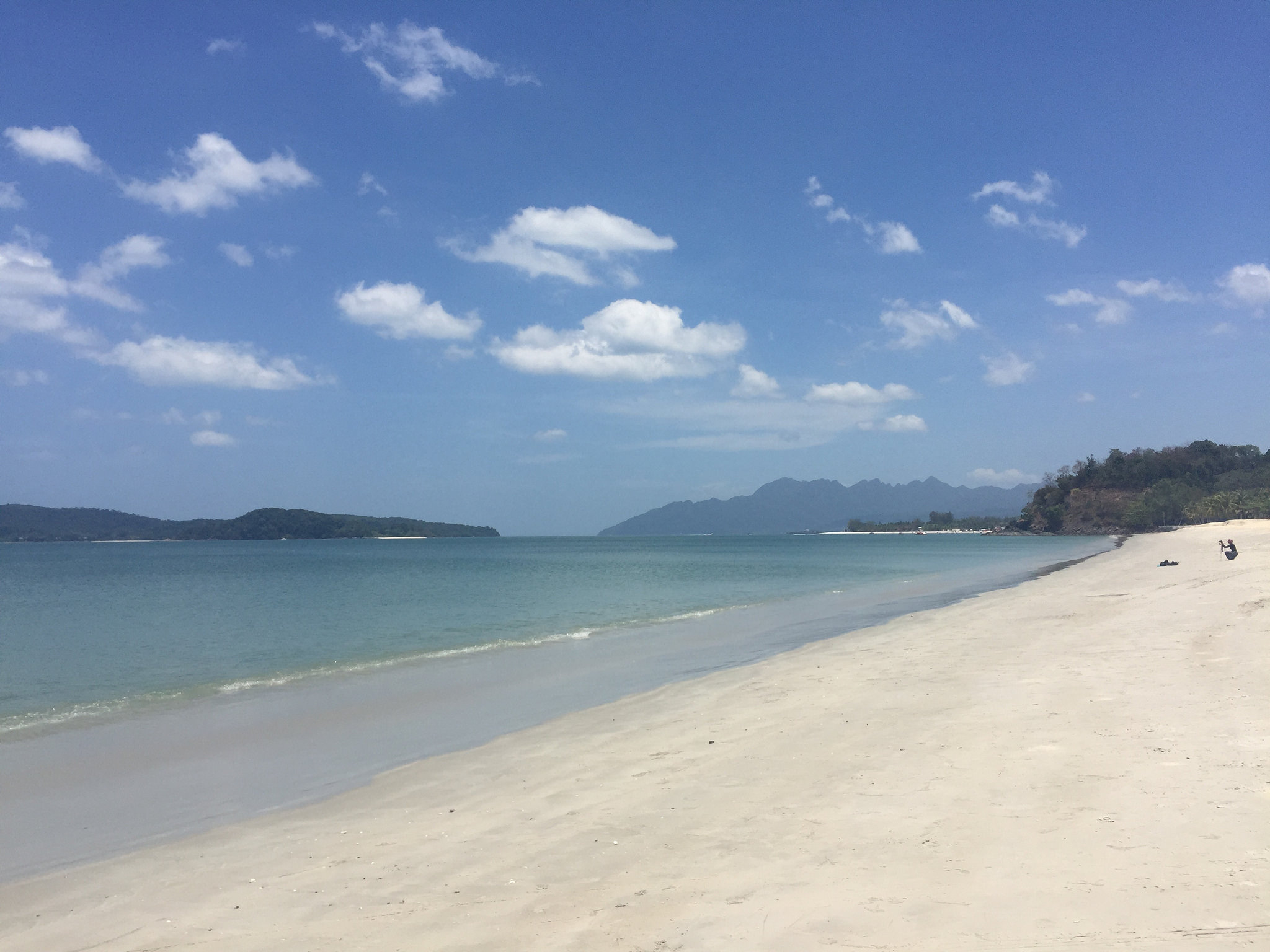
Langkawi doesn’t warrant its own blog post because for four days we did nothing but lie on the beach, read, swim and eat cheap Indian food. It was a lovely chance to relax and reset before moving on to Kuala Lumpur.
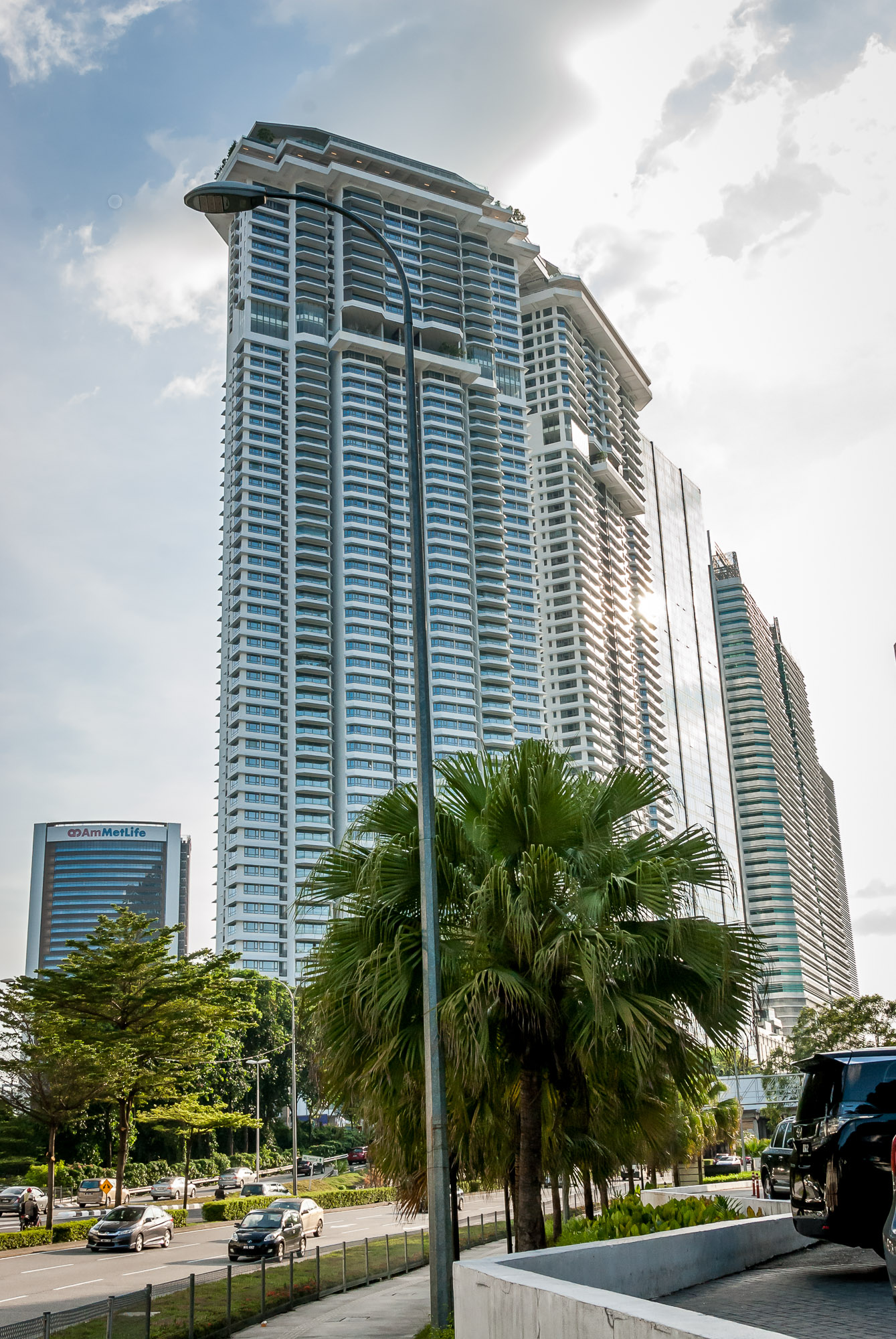
KL is an awesome big city. It has a great, easy to use public transit system, unique bars and an fantastic food scene. We had a great time hanging out here for a few days. Our favorite sites and activities included:
The Islamic Arts Museum
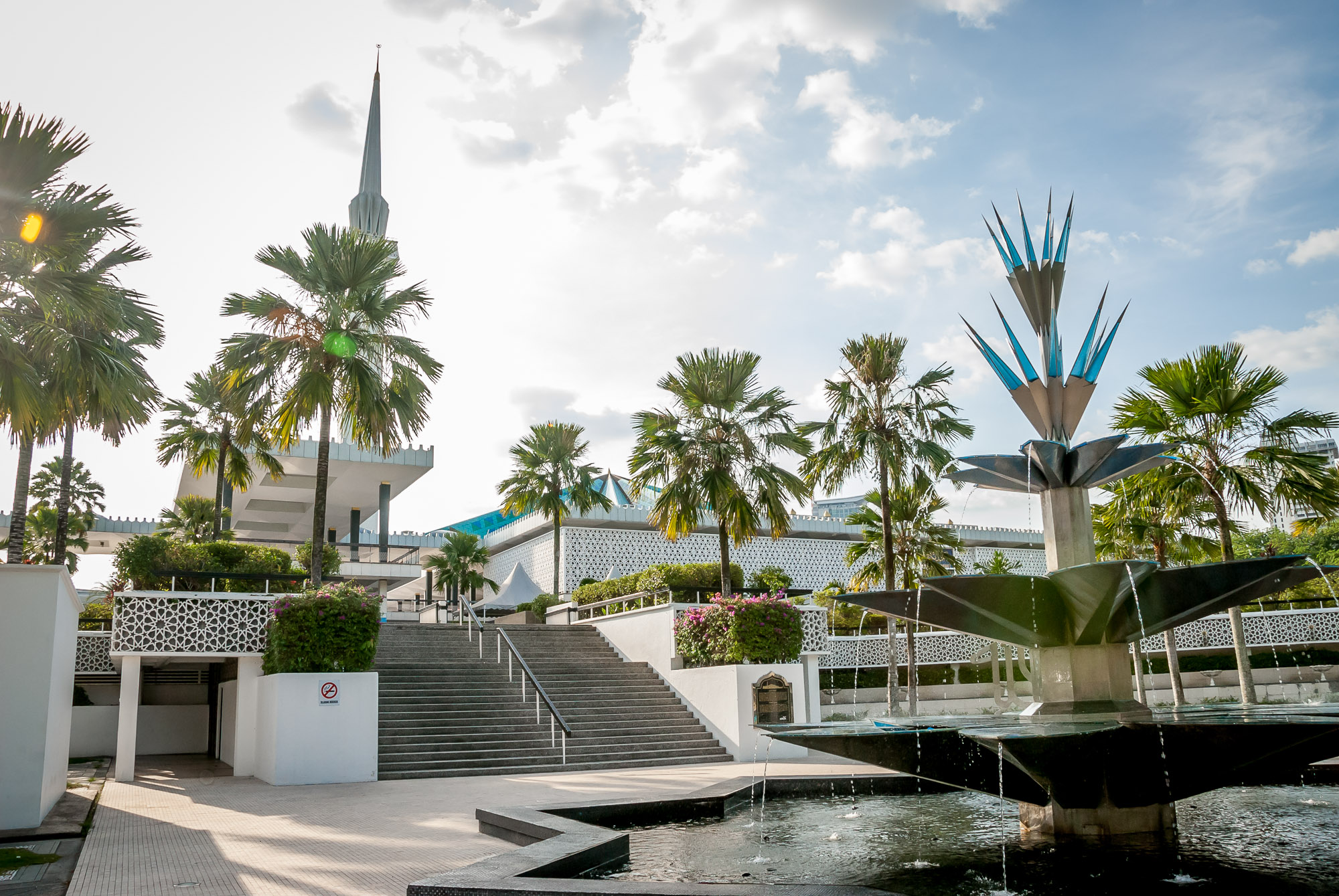
This beautiful museum contains art from all over the Islamic world including ancient Qurans, exquisite ceramics and ornate silks. Special galleries highlighted works from Malaysia, India and China as Malay, Indian and Chinese are the major ethnic groups that make up the Malaysian Population. We especially liked the architecture exhibit which included scale models of mosques from all over the world.
Going up the Petronas Towers
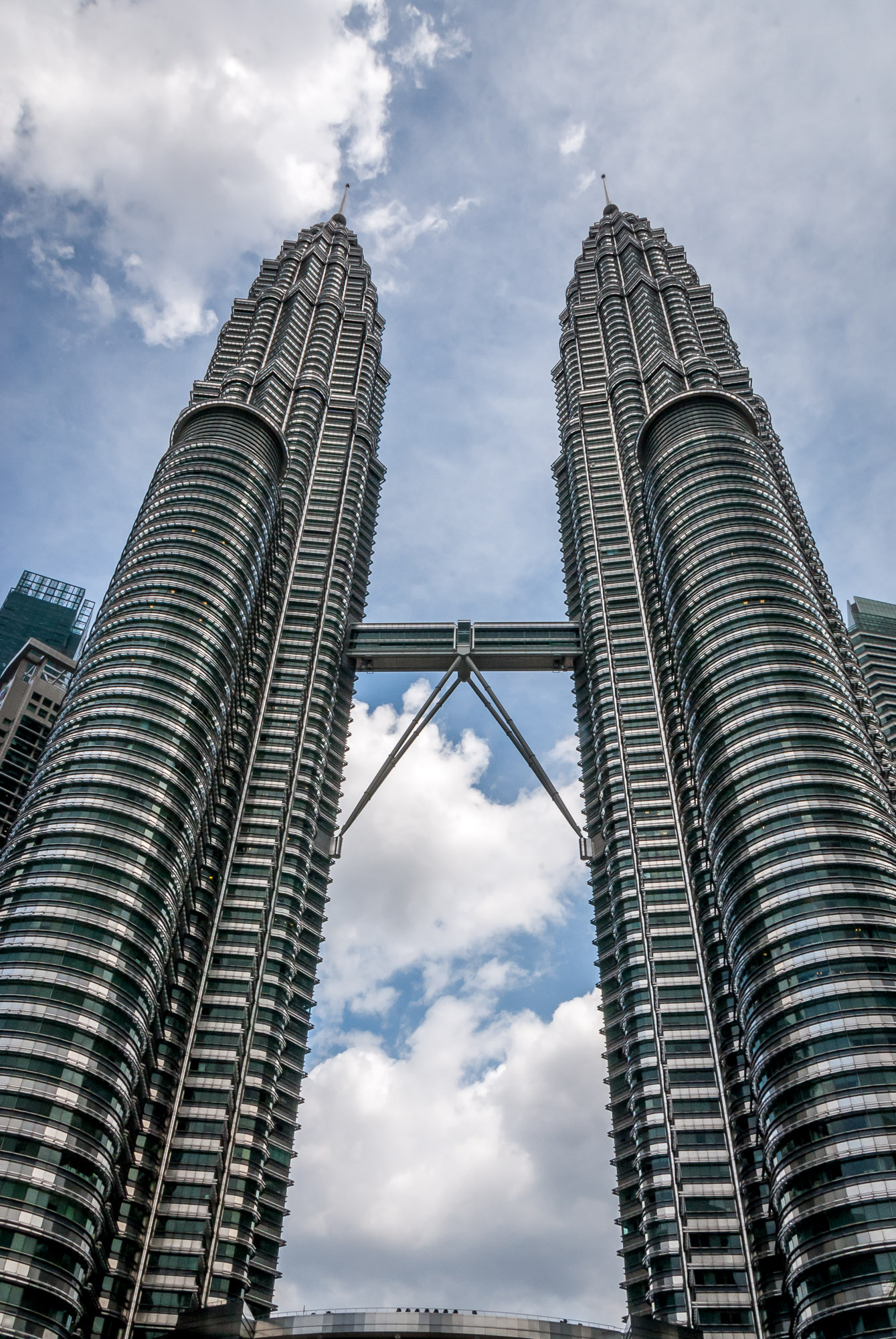
Tickets to go up the towers were a bit expensive for our backpackers’ budget (about $22 each) but I’d say it was worth it. The tour is very well organized with timed entries so it wasn’t too crowded at the viewing platform. The only downside was that we were herded around to each stop and couldn’t linger beyond our allotted time.
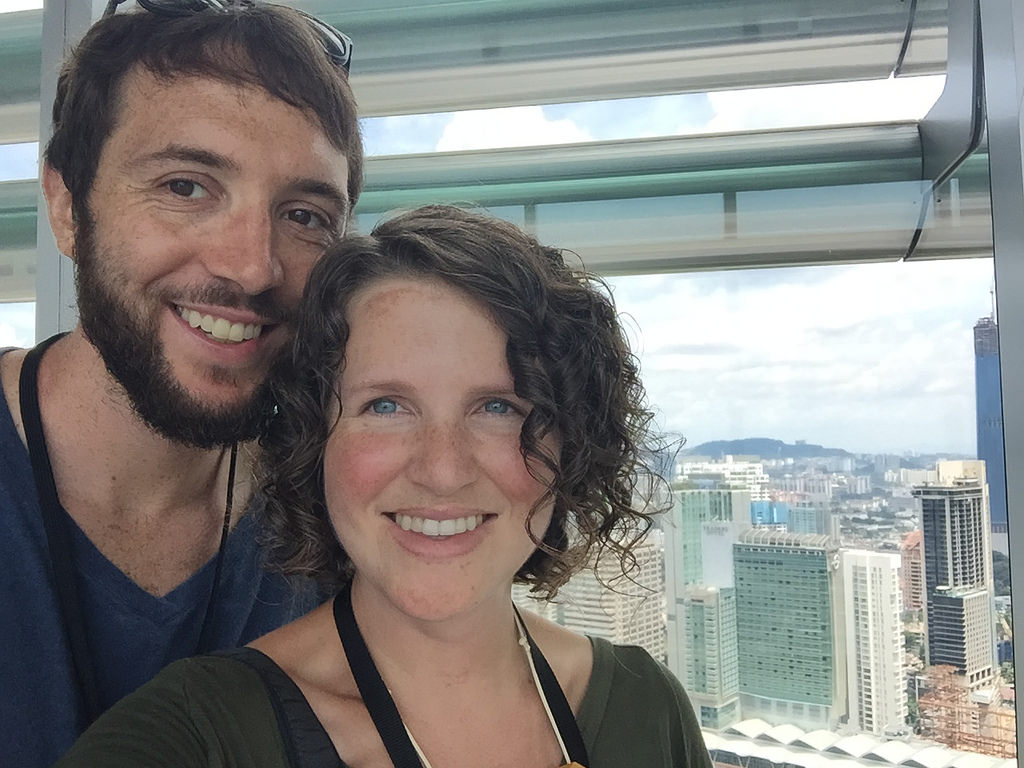
The view from the top was really spectacular, made even more so by the dramatic rain clouds that were gathering while we were there.
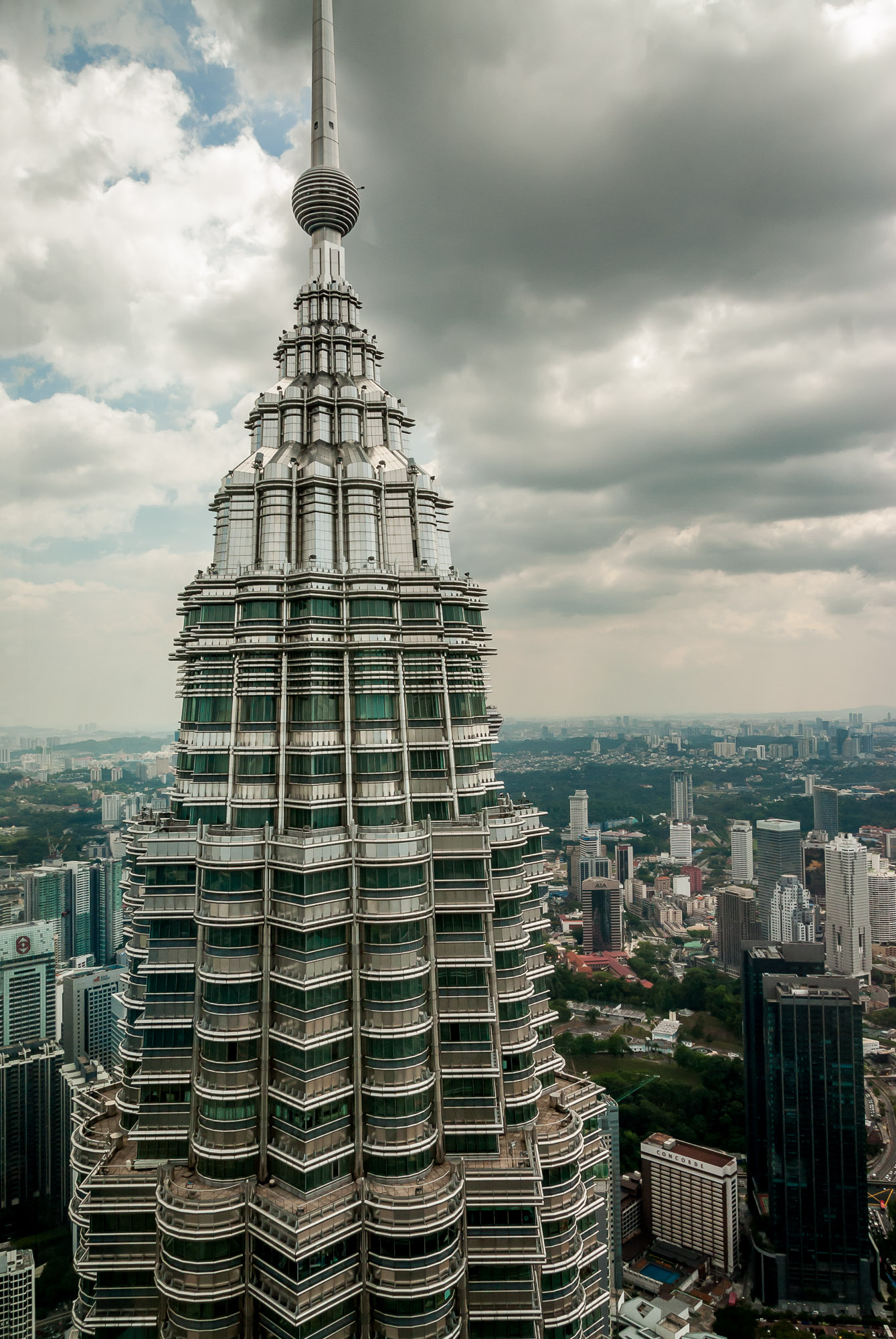
Touring Kampung Baru
Touring Kampung Baru was one of the most unique and interesting things we did in Kuala Lumpur. Kampung Baru is a neighborhood in the center of KL that was set aside for Malay ownership and occupation back when Malaysia was a British colony. We attended a free tour of the area, offered by the Kuala Lumpur Visitor Bureau every Tuesday, Thursday and Saturday.
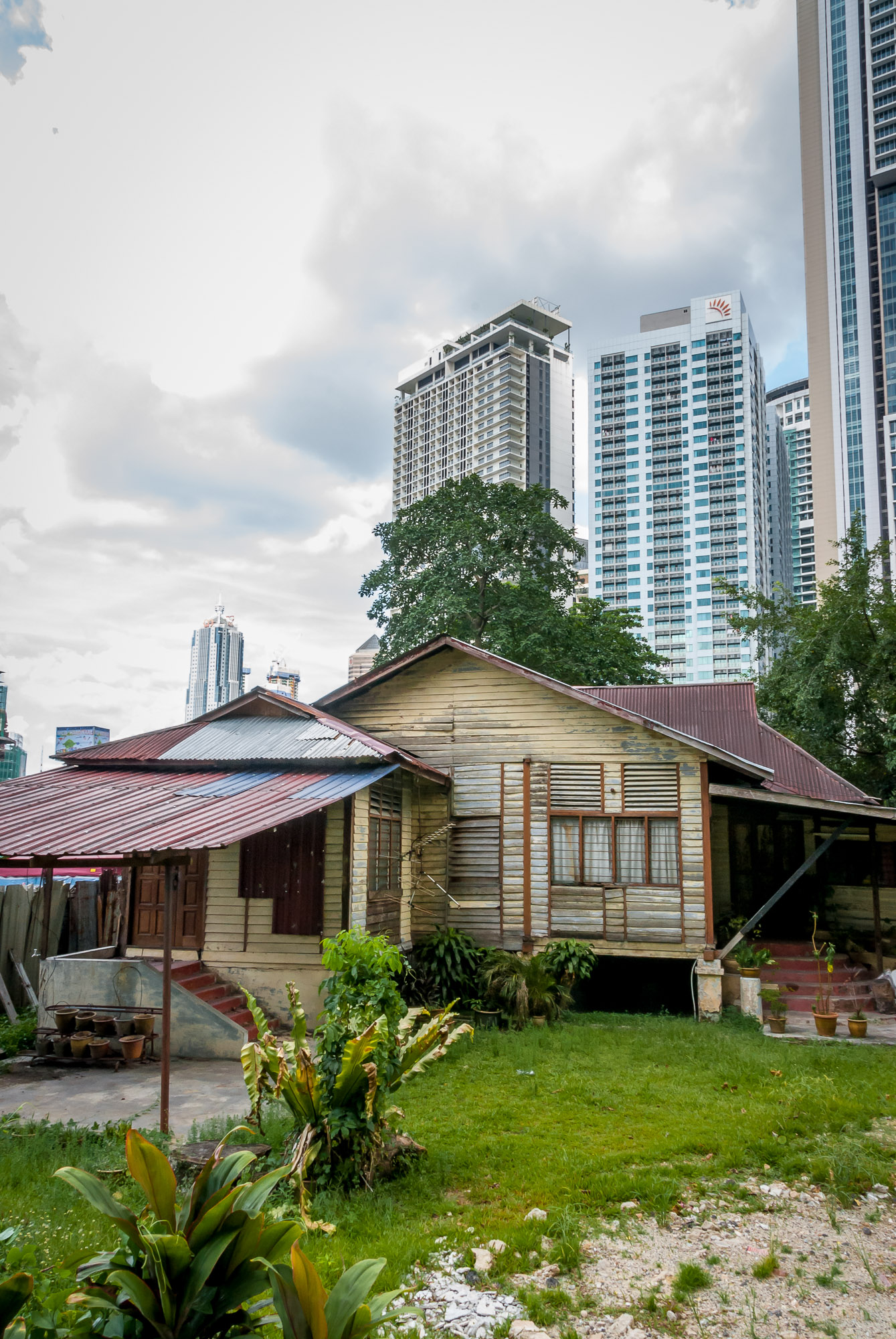
Our guide explained that the neighborhood was divided into relatively large plots of land, each containing a wooden, colonial-style house. Today the surviving homes present an incredible contrast to the modern skyscrapers that surround the neighborhood on all sides. Many are still surrounded by lush tropical gardens, offering a slice of rural village life right in the middle of the city.
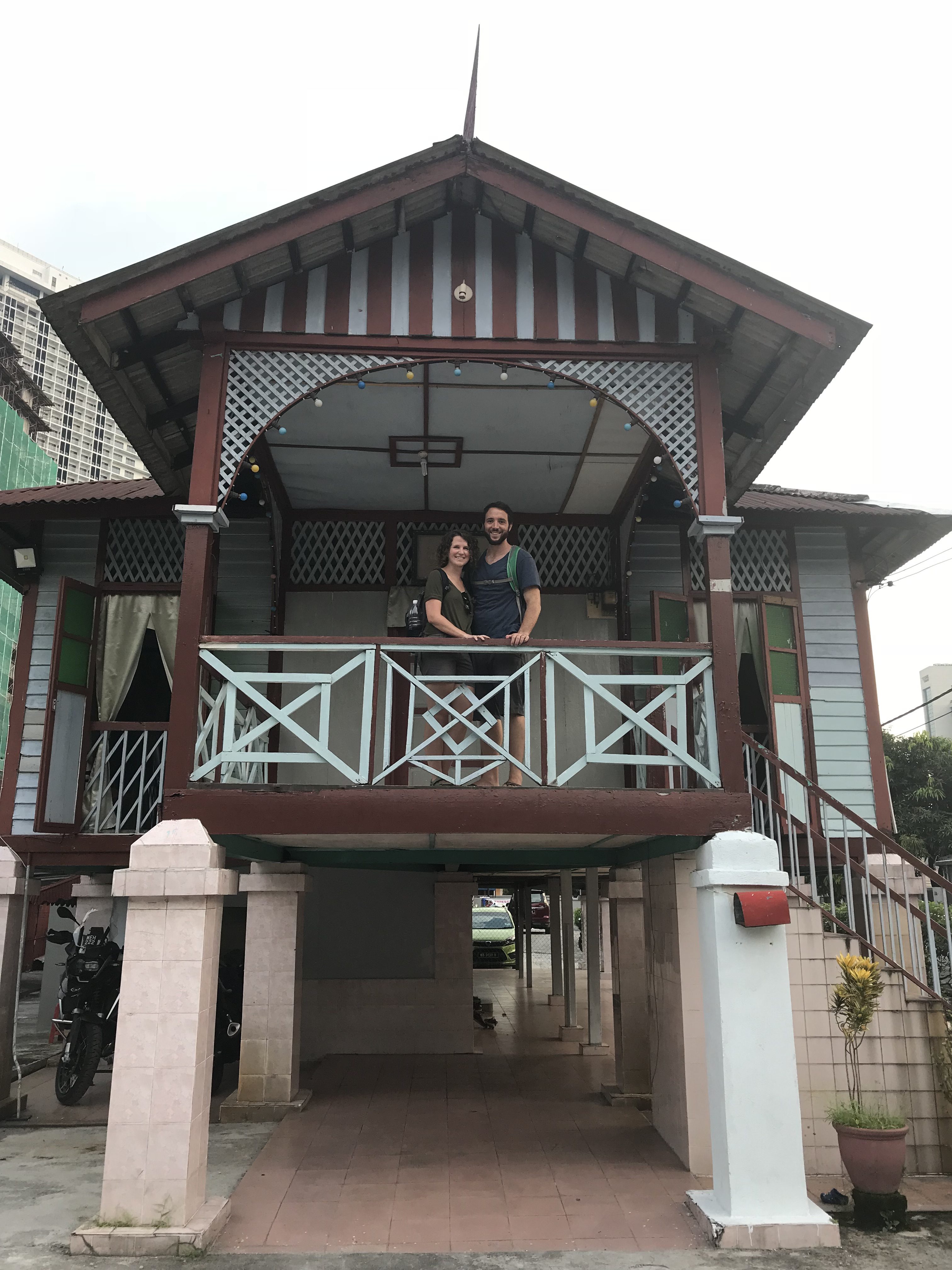
Sadly, no laws exist to protect this amazingly unique enclave and developers have started to encroach on parts of the neighborhood. Many of the beautiful historic homes survive because they can only be sold with the consensus of all the descendants of the original owner.
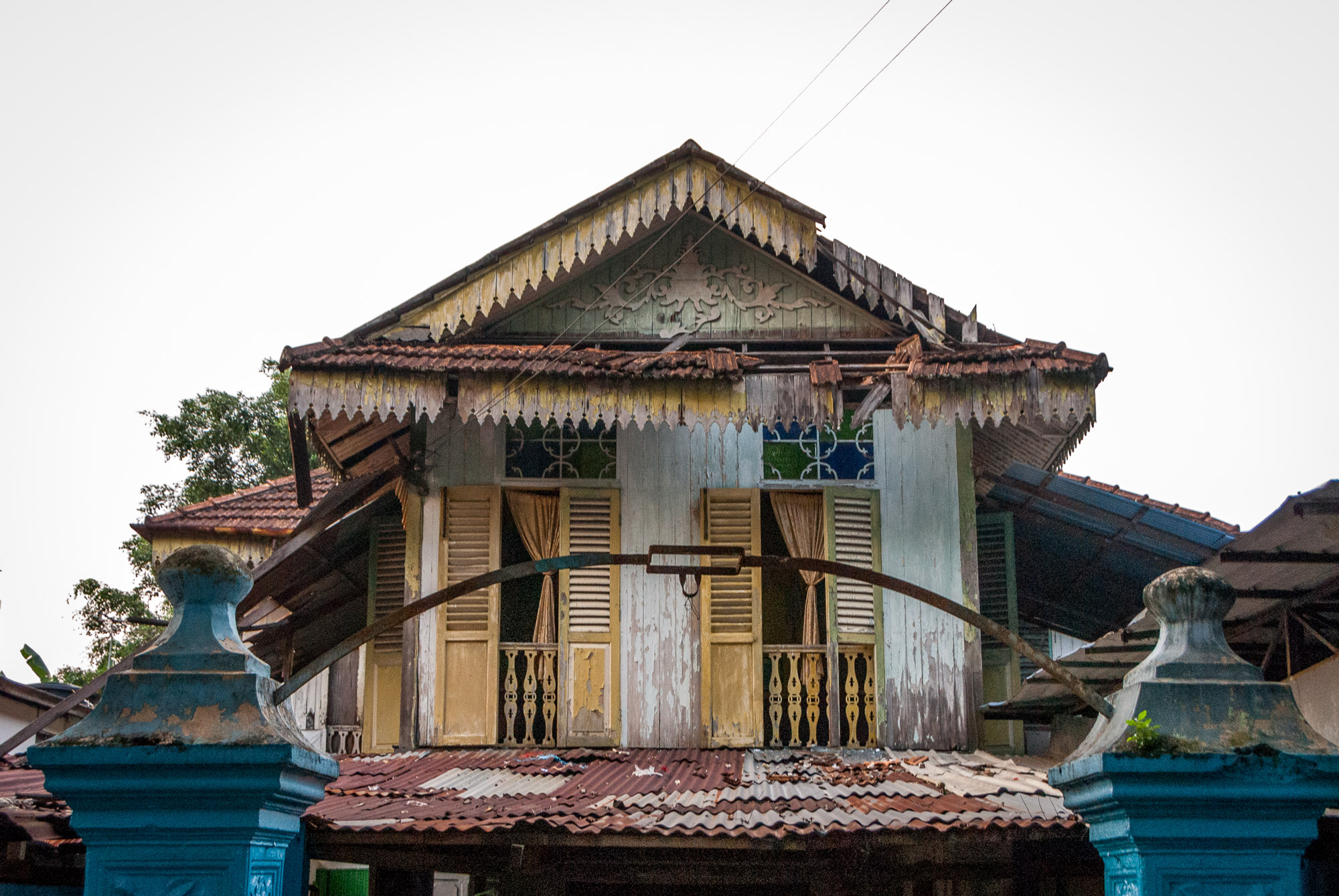
There is a thriving market and delicious local food in this neighborhood and clearly, a lot of local pride. I hope that the residents will continue to preserve their way of life in Kampung Baru as it is certainly part of what makes Kuala Lumpur special.